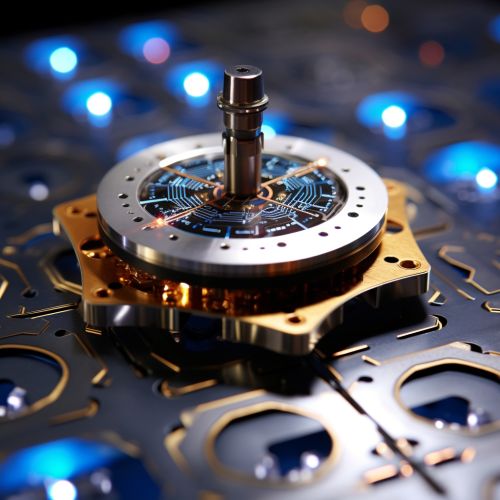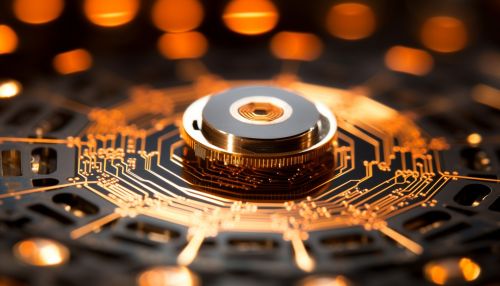Advances in Quantum Sensing Technologies
Introduction
Quantum sensing technologies represent a significant leap in the field of quantum physics, offering unprecedented sensitivity and precision in measurements. These technologies leverage the principles of quantum mechanics, such as superposition and entanglement, to achieve measurements beyond the limits of classical physics.


Quantum Sensing Principles
Quantum sensing involves the use of quantum systems, phenomena, and principles to measure physical quantities. The fundamental principles that underpin quantum sensing include superposition and entanglement.
Superposition
In quantum mechanics, superposition refers to the ability of a quantum system to exist in multiple states simultaneously. This principle is exploited in quantum sensing to create sensors that can measure multiple parameters at the same time.
Entanglement
Quantum entanglement is a phenomenon where two or more particles become interconnected, such that the state of one particle is immediately connected to the state of the other, regardless of the distance between them. This principle is used in quantum sensing to improve the sensitivity and precision of measurements.
Advances in Quantum Sensing Technologies
Recent advancements in quantum sensing technologies have led to the development of highly sensitive and precise sensors, with applications in various fields, from quantum computing and communication to geophysics and biomedicine.
Quantum Magnetometers
Quantum magnetometers, such as the Superconducting Quantum Interference Device (SQUID) and the Nitrogen-Vacancy (NV) center magnetometer, offer unprecedented sensitivity in measuring magnetic fields. These devices have applications in brain imaging, heart monitoring, and geophysical exploration.
Quantum Gravimeters
Quantum gravimeters use the principle of quantum superposition to measure gravitational fields with high precision. These devices have potential applications in geodesy, seismology, and mineral exploration.
Quantum Gyroscopes
Quantum gyroscopes leverage the principles of quantum entanglement and superposition to measure rotation with high accuracy. These devices have potential applications in navigation and inertial guidance systems.
Future Prospects
The field of quantum sensing is still in its infancy, with many potential applications yet to be fully realized. As our understanding of quantum mechanics deepens and technology advances, we can expect to see more sophisticated quantum sensors with even greater sensitivity and precision. This will undoubtedly open up new possibilities in various fields, from medicine and geophysics to computing and communication.
